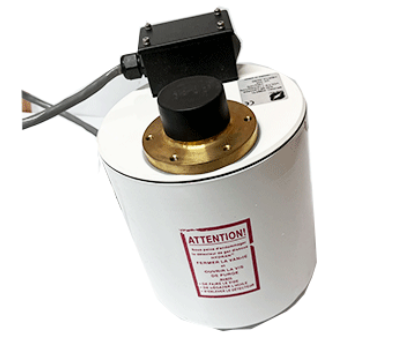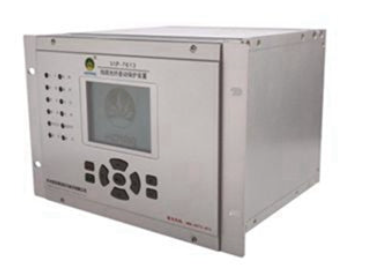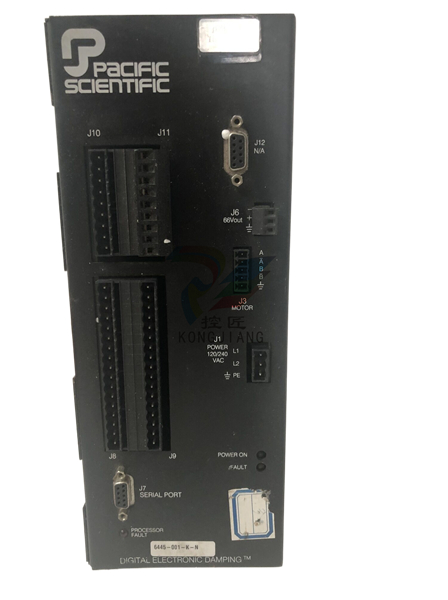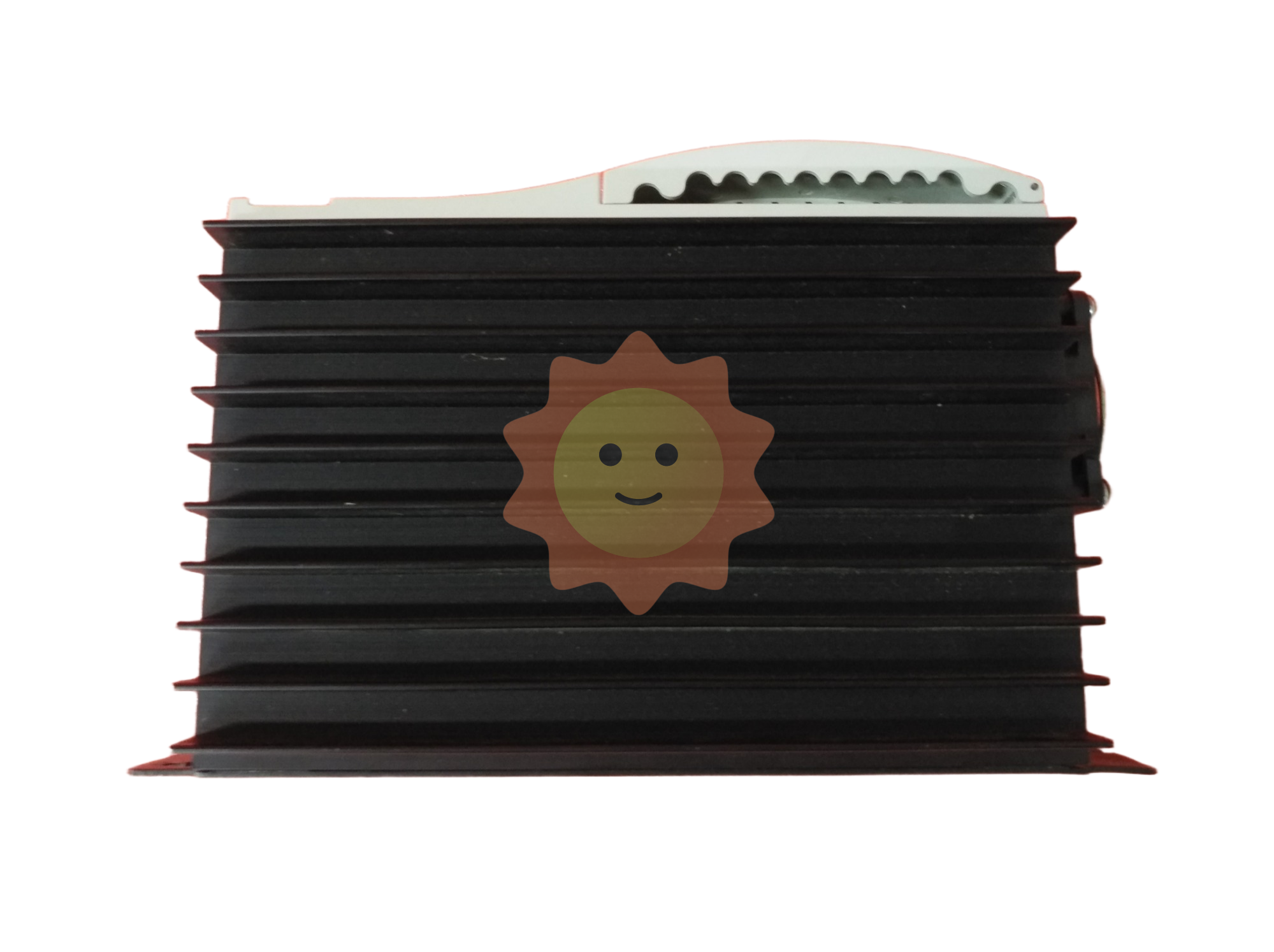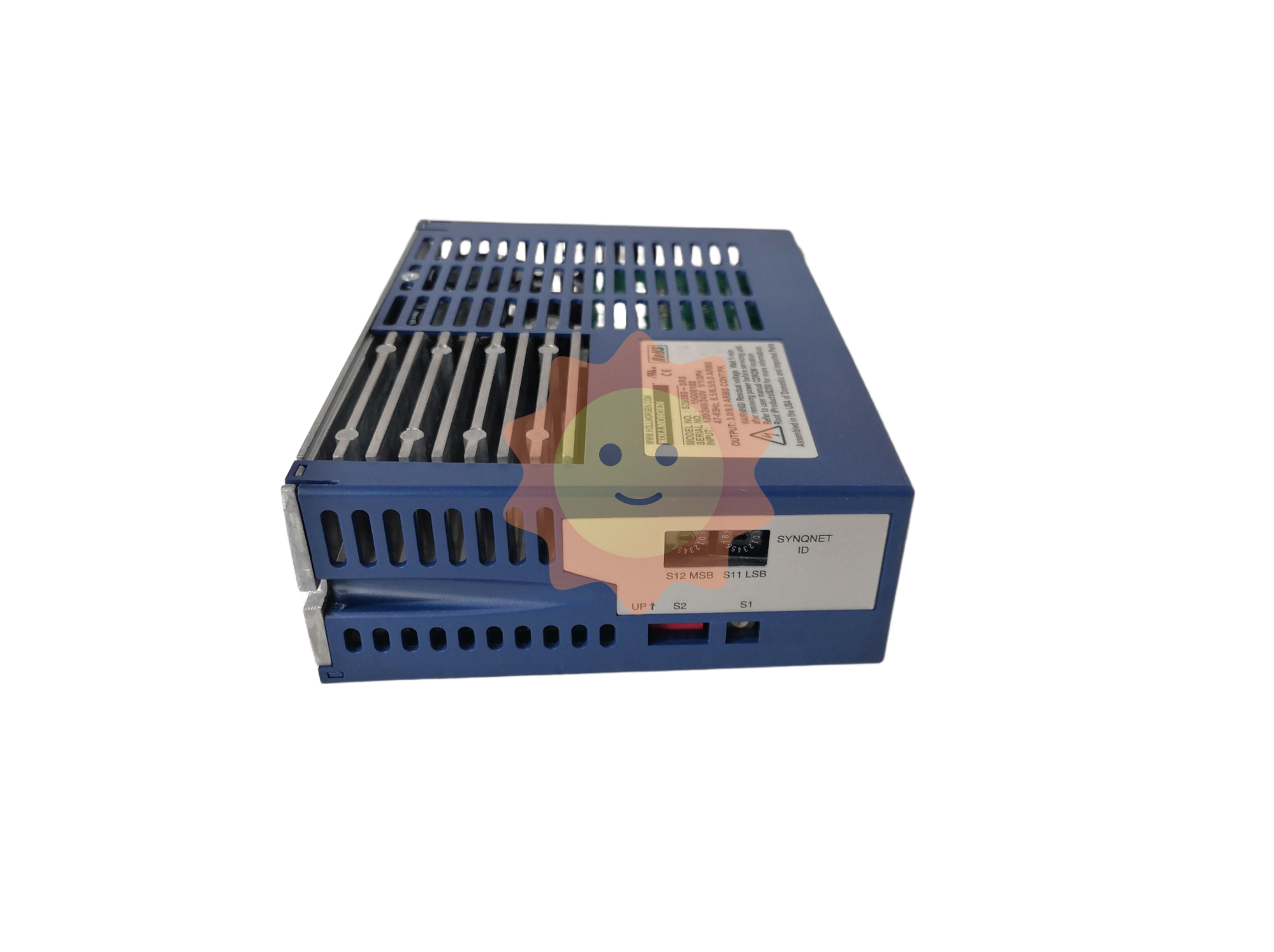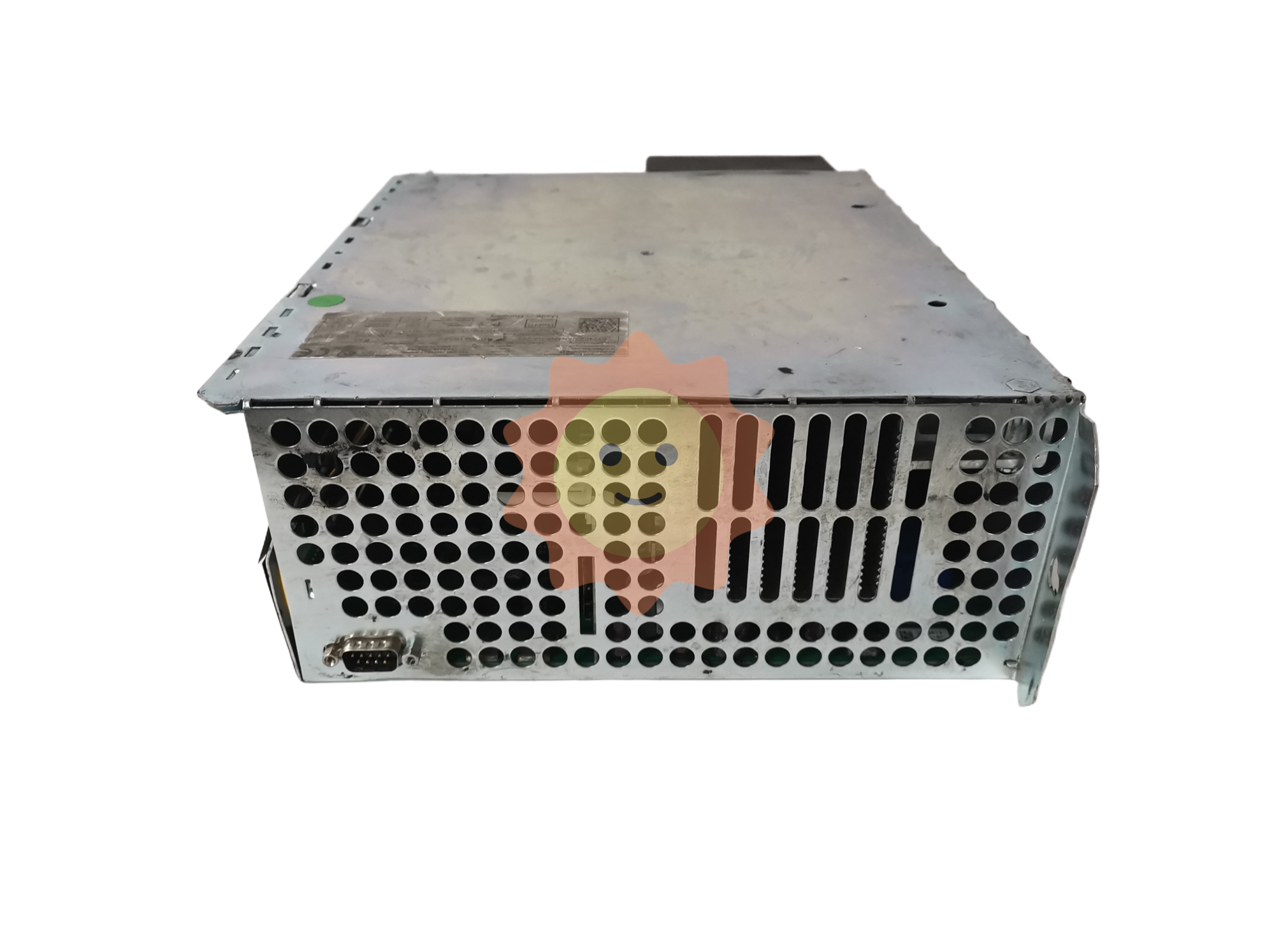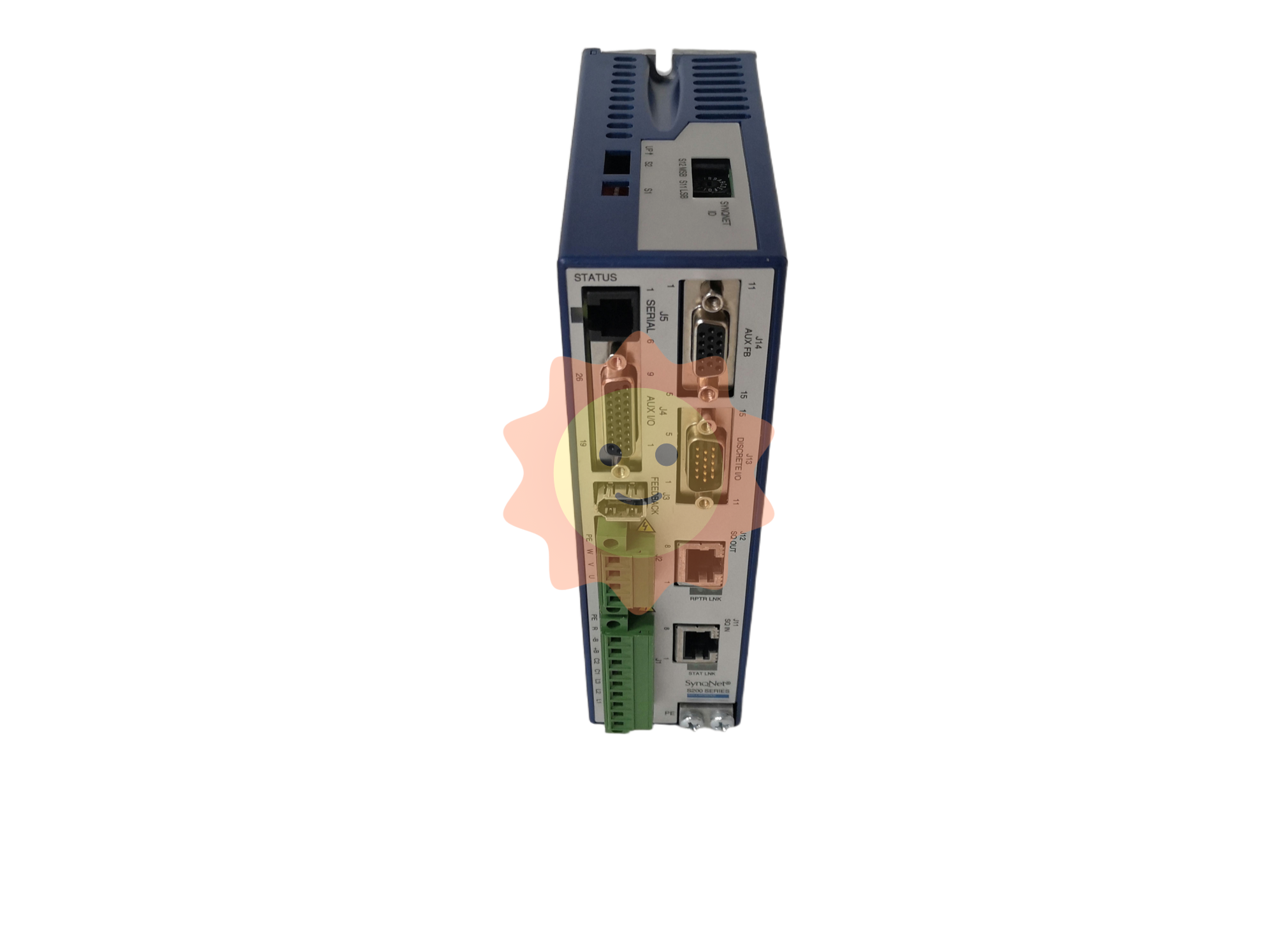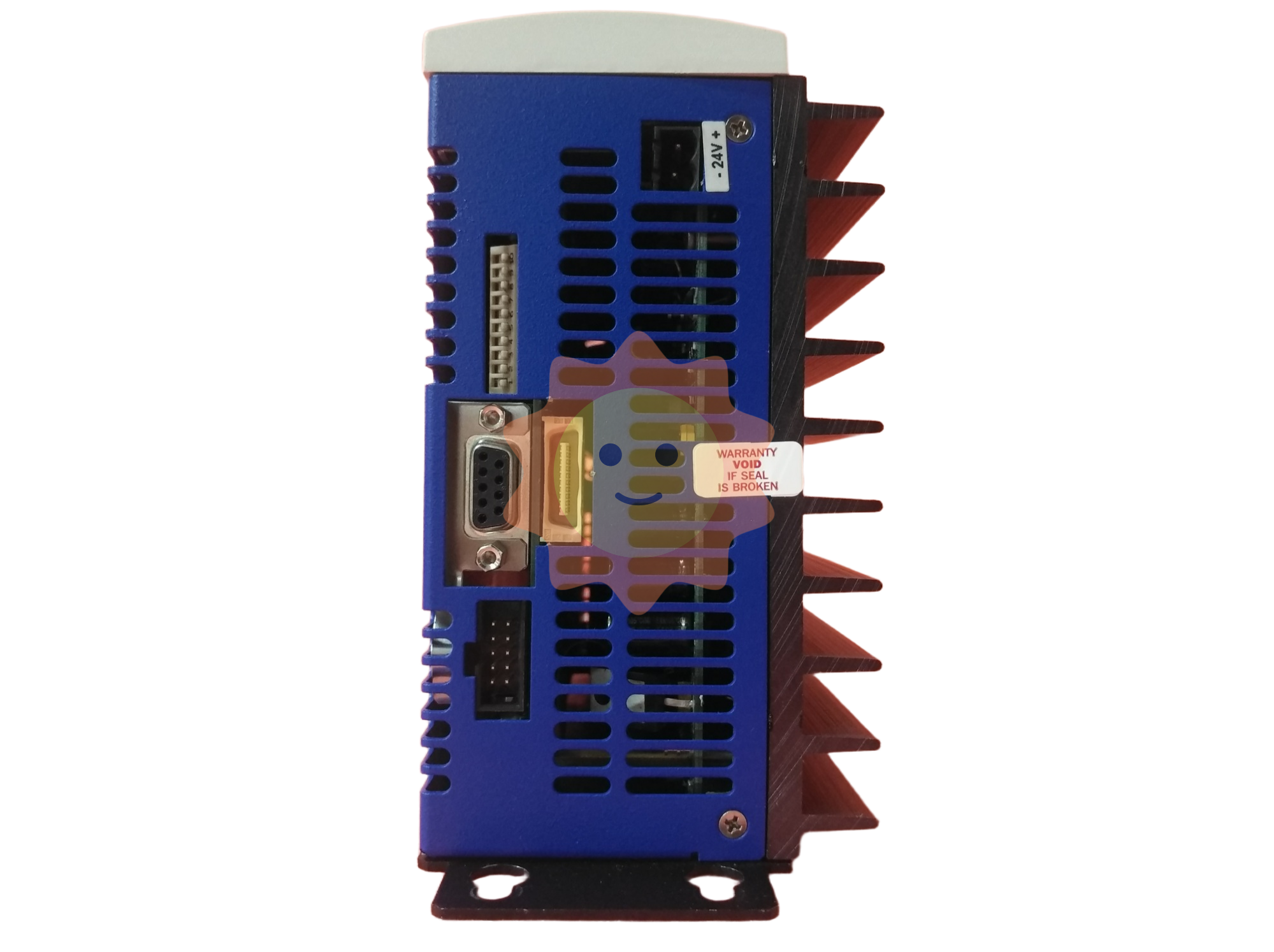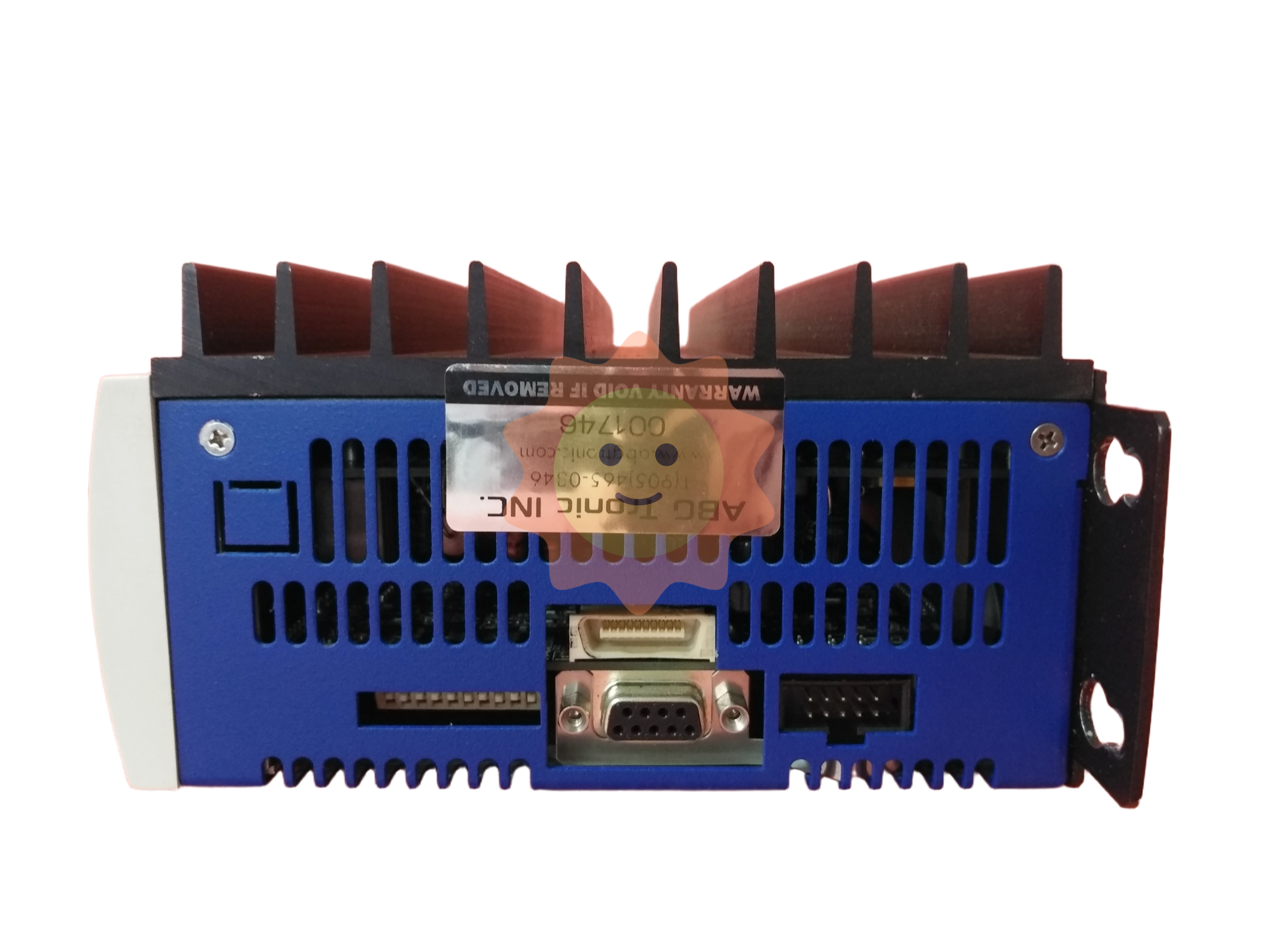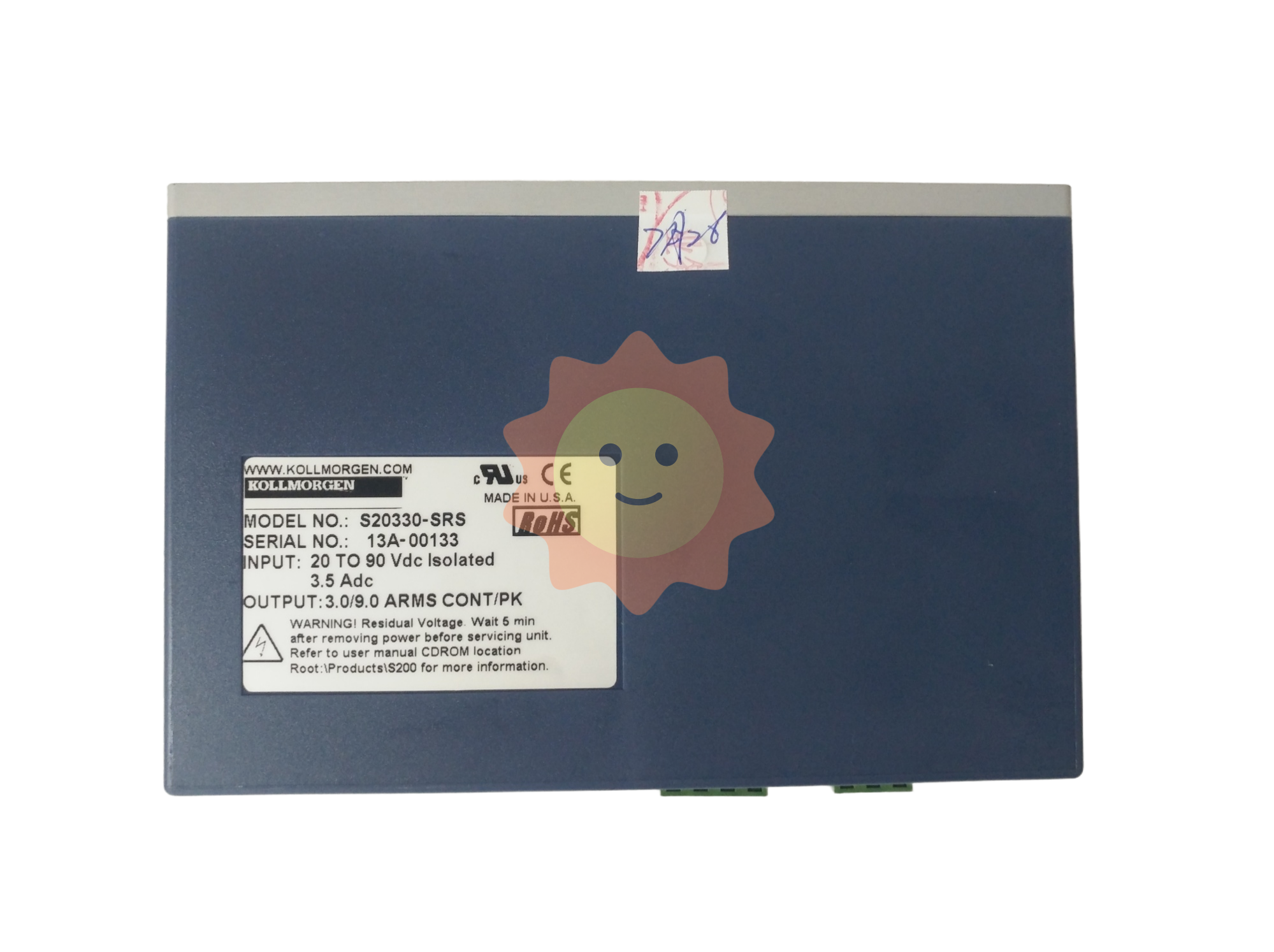Walmart is not in love with Dada, but with the last mile
Veteran retail giant Walmart is embracing the trend of e-commerce frequently, $3 billion acquisition of Jet, doubled the capital of Jingdong to 10.8% of the shares, will invest in Indian e-commerce Flipkart, it today announced a new strategic investment of up to $50 million, Sam's Club online Jingdong news.
Jd.com, which rejected Walmart's takeover bid in 2011 in pursuit of independence, does not have additional voting rights despite the 10.8 per cent stake it took in Yihaodian, which it sold this year. However, FMCG has contributed more and more to JD's GMV, this part of the goods has higher gross profit, it is easy to continue to attract traffic, and it is also in the key layout of Tmall, JD.com needs the power of Wal-Mart. With this strategic investment, Jingdong, New Dada, and Walmart have been "fully married."
Sam's Club is characterized by a global supply chain with large-scale procurement, large packaging goods and simple shelf display, positioning for more high-end household consumers and small and medium-sized enterprises, while the official said that imported goods, exclusive goods, private brand goods and Jingdong's business categories less conflict, can form a complementary. Walmart has a total of 13 Sam's Club stores in China, and consumers need to spend 260 yuan to buy a membership fee, which will be connected with JD.com members.
Walmart CEO Doug McMillon explained to Caixin the reason for the investment in new Dada, which can be summarized as Walmart's search for last-mile delivery solutions around the world, and it is also testing cooperation with Uber and Lyft in the United States.
Didi has not launched logistics business, it is the lack of the last mile solution, whether it will make a new attempt after investing in ofo, it is worth looking forward to.
The partnership between New Dada and Walmart began when Walmart took a stake in JD.com, and the strategic investment is still based on the established business of Walmart's presence on JD.com Home and Dada's delivery services. The official said: New Dada's instant logistics platform "Dada" and fresh supermarket O2O platform "Jingdong Home", respectively, in more than 300 cities to serve more than 500,000 merchants, and in 18 cities and more than 30,000 supermarket medical stores cooperation. At present, Walmart has more than 420 stores in nearly 170 cities in China.

Jingdong and Walmart both value Dada because of its low last mile distribution cost, and the continuous delivery of orders to its business flow business can further improve the order density and form network efficiency, and the logic is not complicated. Therefore, Dada has an important position in both B2C and O2O business of shareholders. When Jingdong Home merged with Dada, Jingdong still hoped to raise money independently and eventually go public, and the shares currently held did not need to be combined. However, it is unclear how much new Dada will be valued at the time of accepting Wal-Mart's investment.
For Walmart's O2O business, the sorting of upstream links - for example, when picking up goods from supermarkets, the internal inventory management of supermarkets, the handover of picking and distribution need to be reformulated - is very important. The current process is that Walmart employees pick up items inside the store and bring them to the service desk for delivery to Dada. In order to improve efficiency, Dada provides a special picking APP to the supermarket. As for how deep the inventory coordination, in-store operation priorities, and system docking are, the other party did not respond.
The reason for O2O losses, in addition to the traffic cost brought by the cultivation of user needs, is the high distribution cost. Walmart's gross profit margin is 24.6%, home O2O general customer unit price of 50 yuan, if each pay 3-8 yuan delivery fee, it is enough to make the platform can not make money (the above data did not reveal the new Dada, based on the industry's common sense judgment), this is not a new argument. To break the game, we need to wait slowly.
But for Walmart, only need to choose a distribution cost and efficiency of the best target can be, even if there is no Jingdong this relationship, close cooperation with Dada is reasonable.
Kuai Jiaqi has revealed that new Dada in June, due to accepting a large number of orders from Jingdong Mall, increased the order density by ten percent, thus reducing the cost of each order to 3 yuan. This is a special case, not every month there are 6·18. However, it confirms the importance of order density for Dada to reduce costs, which is also one of the reasons why it seeks to increase the order delivery business in the same city.
Back to Walmart's B2C business on JD.com. Traditional retail supply chain, logistics and B2C e-commerce are not the same, accordingly, whether to change the frequency of procurement, how to price? Is the product shipped from a supermarket or a warehouse? If it is a warehouse, whose warehouse should it enter and who will deliver it? How to adjust the supporting information system? How to balance the extra fulfillment costs and profit margins? It's all a problem.
Jingdong certainly will not ignore the logistics problem, Shen Haoyu as CEO of Jingdong Mall said, Sam's Club e-commerce orders by the clerk in the supermarket to pick up and then send, the future hopes to store goods in Jingdong warehouse, covering 2000 kinds of SKUs (excluding fresh).
However, when Jingdong undertakes more and more FMCG orders, its unit price is lower, the weight is large, and the higher fulfillment cost compared with 3C digital is also a headache for Jingdong. Liu Qiangdong said that Jingdong's current average performance cost per order of FMCG products increased, which has a lot to do with the different warehouses of FMCG products in the same city. This means a high unorder rate, resulting in multiple deliveries for one order.

Higher delivery fees have always been the bulk of Jingdong's expenses. Taking Q2 2016 as an example, Jingdong's gross profit margin was 14.9%, and fulfillment costs (mainly warehousing and logistics) accounted for 7.8%. Taking the calculation of excluding 373.4 million virtual goods and 5.1 billion fulfillment costs, each logistics cost is about 13 yuan, but if the order contains non-Jingdong delivery POP business, it will be higher. While its warehousing and logistics costs account for nearly half, Liu Qiangdong said that the distribution cost accounts for 80% of the logistics part (compared with 40% of third-party express delivery), so it can be estimated that the distribution cost accounts for about 3% of revenue, that is, about 5 yuan.
If we vertically list the proportion of JD's fulfillment costs to revenue from 2014 to now, we will find that the key is to continuously build warehouses and recruit delivery personnel (currently 64,000 people) instead of decreasing. However, in 2016, the capital market attached great importance to the problem of Jingdong's unprofitability, and some people questioned that the financial report did not show the effect of scale to reduce logistics costs. If you can make an article in this 3%, it will be very effective.
In other words, if Dada can reduce the normal delivery cost to 3 yuan, it can reduce Jingdong's delivery fee by 40%. Of course, in the B2C system, the service experience of crowdsourcing logistics is not as high as that of self-support, and it is initially more used to solve the problem of sudden increases in orders. Double 11 is approaching, opening the Dada APP will pop up "30 orders can be received at a time... The daily income can reach 500 yuan "registration advertisement.
In addition, Dada's city delivery business is currently based on 2B (it has also launched 2C business in Shanghai), and it must also try to undertake Jingdong's third-party sellers' orders in the city. As for whether B2C distribution business has been normalized and how much, New Dada did not disclose to 36kR.
The word "last kilometer" is hot with the rise of e-commerce and O2O, leading to countless heroes. From express delivery, warehouse distribution integration to crowdsourcing O2O, has gone through countless homogenization competition, spawned several familiar companies, units to share bicycles will become a distribution tool? Will delivery robots and drones not replace deliverers? The search for it is still ongoing.
- EMERSON
- Honeywell
- CTI
- Rolls-Royce
- General Electric
- Woodward
- Yaskawa
- xYCOM
- Motorola
- Siemens
- Rockwell
- ABB
- B&R
- HIMA
- Construction site
- electricity
- Automobile market
- PLC
- DCS
- Motor drivers
- VSD
- Implications
- cement
- CO2
- CEM
- methane
- Artificial intelligence
- Titanic
- Solar energy
- Hydrogen fuel cell
- Hydrogen and fuel cells
- Hydrogen and oxygen fuel cells
- tyre
- Chemical fiber
- dynamo
- corpuscle
- Pulp and paper
- printing
- fossil
- FANUC
- Food and beverage
- Life science
- Sewage treatment
- Personal care
- electricity
- boats
- infrastructure
- Automobile industry
- metallurgy
- Nuclear power generation
- Geothermal power generation
- Water and wastewater
- Infrastructure construction
- Mine hazard
- steel
- papermaking
- Natural gas industry
- Infrastructure construction
- Power and energy
- Rubber and plastic
- Renewable energy
- pharmacy
- mining
- Plastic industry
- Schneider
- Kongsberg
- NI
- Wind energy
- International petroleum
- International new energy network
- gas
- WATLOW
- ProSoft
- SEW
- wind
- ADVANCED
- Reliance
- YOKOGAWA
- TRICONEX
- FOXBORO
- METSO
- MAN
- Advantest
- ADVANCED
- ALSTOM
- Control Wave
- AB
- AMAT
- STUDER
- KONGSBERG
- MOTOROLA
- DANAHER MOTION
- Bently
- Galil
- EATON
- MOLEX
- Triconex
- DEIF
- B&W
- ZYGO
- Aerotech
- DANFOSS
- KOLLMORGEN
- Beijer
- Endress+Hauser
- MOOG


Email:wang@kongjiangauto.com

